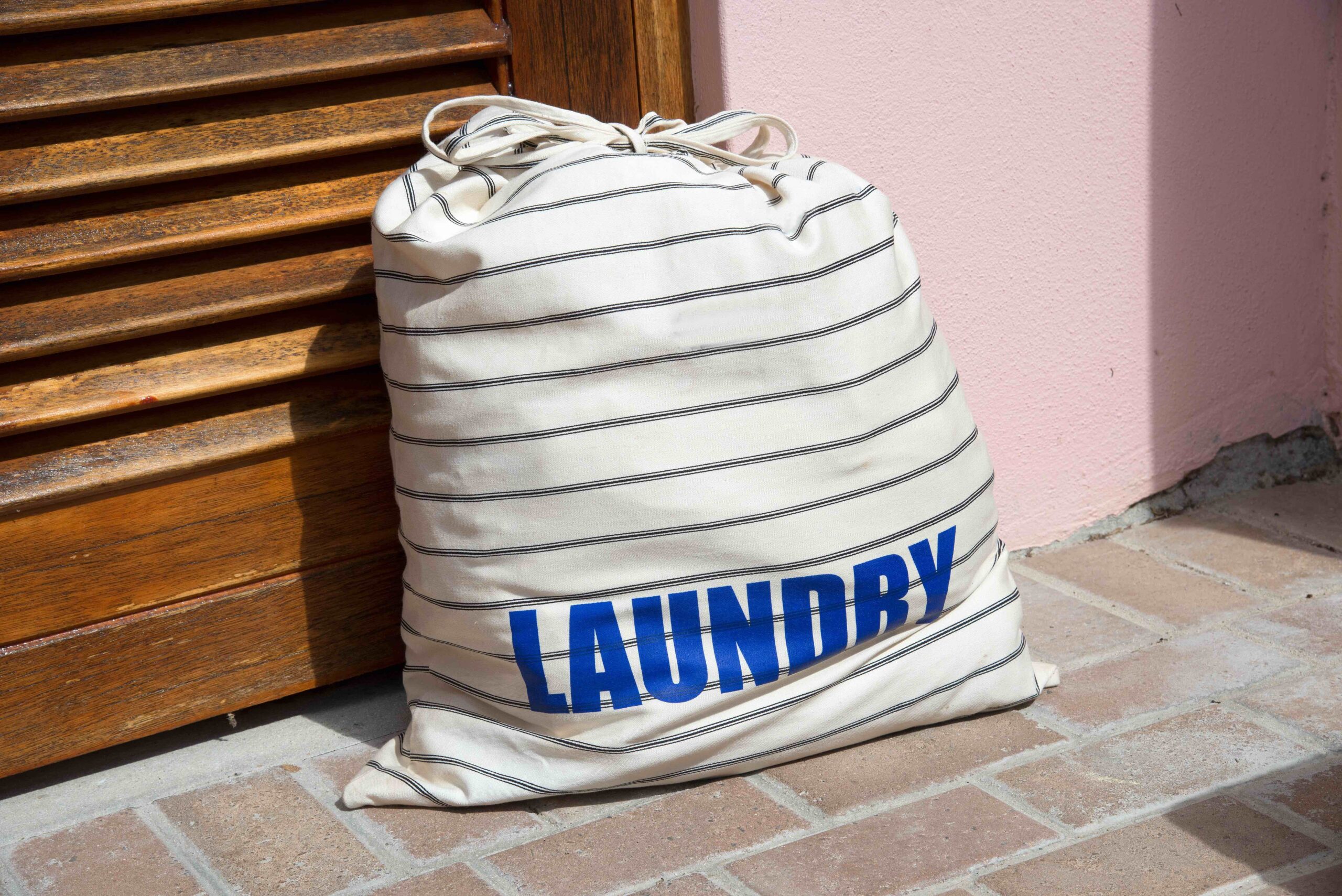INTRODUCTION
In every household, plumbing issues are inevitable. From a dripping faucet to a clogged drain, these problems can cause significant inconvenience. Having basic plumbing knowledge can help you resolve simple issues and prevent minor problems from escalating into major ones. This guide will provide you with essential insights into common plumbing problems and how you can tackle them yourself, saving time and money in the process.
UNDERSTANDING BASIC PLUMBING TOOLS
Essential plumbing tools everyone should have
- Pipe wrench: A versatile tool used for tightening and loosening fittings and nuts. It has adjustable jaws to grip pipes of various sizes.
- Plunger: An indispensable tool for unclogging toilets and drains. Plungers use air pressure to dislodge clogs in pipes.
- Drain snake: When a plunger fails, a drain snake comes to the rescue. It can reach deeper into pipes to break up or retrieve stubborn clogs.
- Plumber’s tape: Also known as Teflon tape, it’s used to seal pipe threads and prevent leaks at joints.
- Adjustable wrench: Useful for a variety of tasks, including tightening and loosening nuts and bolts of different sizes.
- Toilet auger: A specialized tool designed to clear clogs in toilets that can’t be fixed with a plunger.
Knowing how to use these tools effectively and maintain them in good condition is crucial to executing successful DIY plumbing repairs.
IDENTIFYING COMMON PLUMBING ISSUES
Before fixing a problem, you first need to identify it correctly. Here are some common plumbing issues you might encounter:
- Leaky faucets: A constant dripping sound can be more than just an annoyance; it can waste a significant amount of water over time and increase your utility bill.
- Clogged drains: Slow draining or standing water in your sink, bathtub, or shower are signs of a clogged drain.
- Running toilets: Toilets that continue to run long after being flushed can waste hundreds of gallons of water daily.
- Low water pressure: If water trickles instead of flowing from your faucets or showerheads, you’re dealing with low water pressure.
- Leaky pipes: Water stains on walls, ceilings, or a musty smell can indicate a hidden pipe leak.
BASIC PLUMBING FIXES
Fixing a Leaky Faucet
Determining the type of faucet you have is the first step in fixing a leak. The most common types include ball, cartridge, and compression faucets, each requiring a different repair process.
Unclogging Drains
Clogged drains can often be cleared with simple methods. Using a plunger is the first step. If that doesn’t work, a drain snake can be used to reach deeper into the pipe. As a last resort, a natural drain cleaner made from vinegar and baking soda can be used.
Fixing a Running Toilet
If your toilet continues to run after you’ve flushed it, it may be due to several reasons. Let’s look at the common causes and how you can fix them.
Checking the Fill Tube
The fill tube is a small flexible tube that runs from the fill valve to the overflow tube. It helps refill the tank after you flush. If the fill tube is disconnected or if it’s too long and goes down the overflow tube, your toilet might run. To fix it, make sure the fill tube is attached to the fill valve and only goes about 1 inch into the overflow tube.
Adjusting the Float
A float that’s set too high will cause water to enter the overflow tube and the fill valve to continue to run. You can adjust the float by either bending the rod connecting the float to the fill valve (in case of a ball float) or turning the adjustment screw located on top of the fill valve (in case of a cup float).
Testing the Flapper
The flapper creates a seal within the tank. A worn-out flapper might not seal properly, causing the toilet to run. To test the flapper, add a few drops of food coloring to the tank and wait for about 20 minutes without flushing. If you see colored water in the toilet bowl, your flapper isn’t sealing properly and needs to be replaced.
Each of these fixes can be done with simple tools and minimal time, helping you solve the common problem of a running toilet.
WHEN TO CALL A PROFESSIONAL
While basic plumbing knowledge can help you handle minor issues, certain situations demand professional attention. These include problems such as persistent leaks that reoccur even after repair, major blockages that resist all efforts of clearing, low water pressure throughout the entire house, sewage smells or water backing up into multiple fixtures, and any time you need to alter your home’s plumbing system or install new fixtures. Trying to handle these complex issues on your own could lead to further damage, costly repairs, and potential safety risks. If in doubt, always opt for professional help.
REGULAR PLUMBING MAINTENANCE TIPS
Maintaining your plumbing system is key to avoiding major problems and ensuring it functions efficiently. Here are some tips:
- Routine checks for leaks: Regularly inspect all accessible pipes, faucets, and the toilet for signs of leaks. Look for water stains, mold, and musty smells.
- Flushing drains: Pour hot water down your drains weekly to prevent build-up. You can also use a mixture of baking soda and vinegar for a more thorough cleaning.
- Water heater upkeep: Drain and flush your water heater at least once a year to remove sediment and maintain its efficiency.
- Inspecting and replacing washing machine hoses: Regularly check your washing machine hoses for bulges, leaks, and cracks. Experts recommend replacing these hoses every 3-5 years to prevent a major leak.
CONCLUSION
In conclusion, basic plumbing knowledge is a valuable skill that can save you from unnecessary headaches and high costs. By understanding the common plumbing issues, learning how to use the basic plumbing tools, and knowing the simple fixes, you can manage most minor plumbing problems yourself. However, never hesitate to seek professional help when the situation is beyond your ability. Remember, prevention is better than cure. Regular maintenance and quick intervention at the first signs of trouble can prevent small issues from turning into big problems. We hope this guide serves as a helpful starting point in your DIY plumbing journey!






